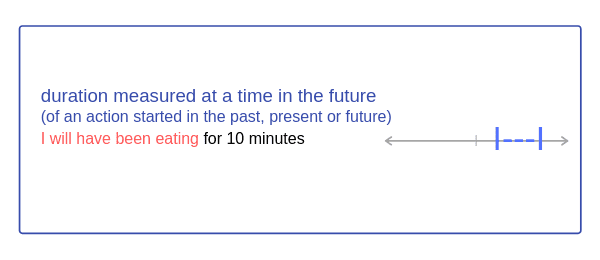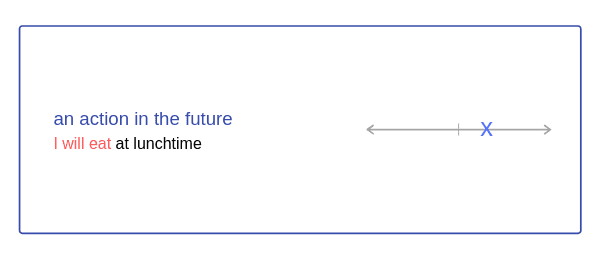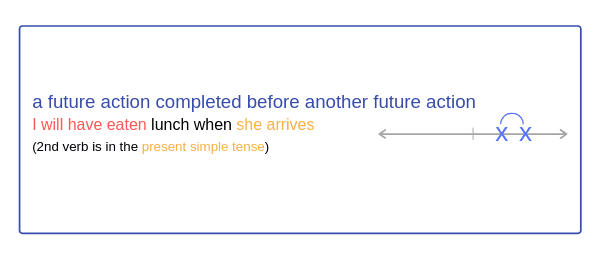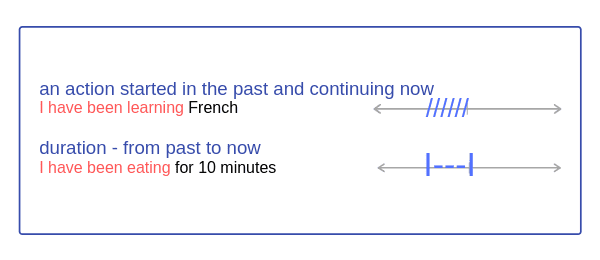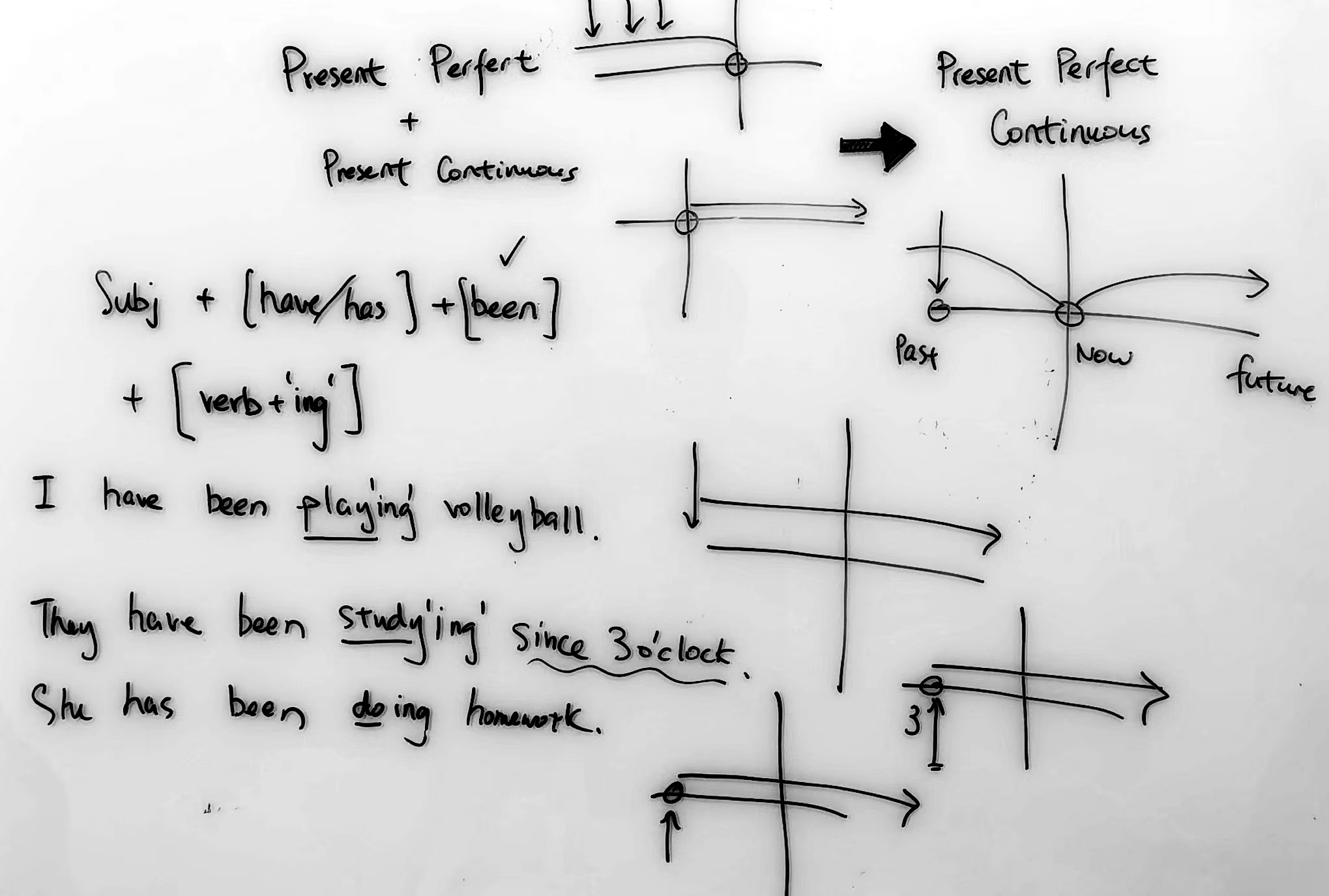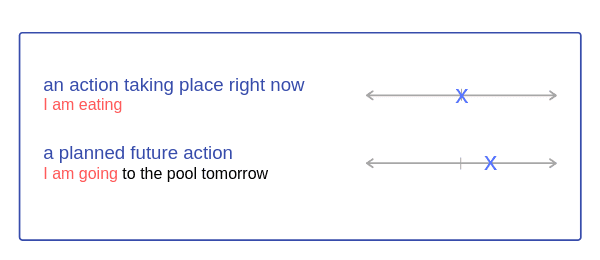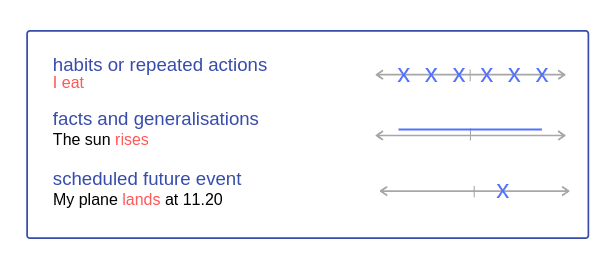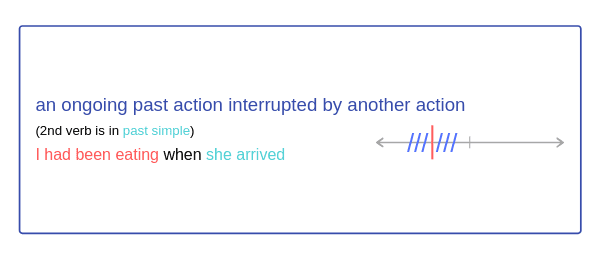ref –
- https://test-english.com/explanation/b1/ed-ing-adjectives-adjectives-verbs/
- https://myenglishgrammar.com/lessons/verb-ing-used-as-an-adjective
What is a Present Participle Adjective
An ‘-ing’ on a present participle of a verb that is used as an adjective. It describes the characteristics of a noun, usually indicates a state or a process that has been ongoing.
Examples:
- Fascinating story (The story fascinates people.)
- Boiling water (The water is boiling.)
- Interesting book (The book interests the reader.)
- The running water was cool and refreshing.
- She gave me a puzzling look.
- I bought an exciting new video game.
Using ‘-ing’ Adjectives
When we use verbs in the ‘-ing’ form as adjectives, they are usually placed before the noun they modify in a sentence.
Though it may appear similar to the Continuous tenses (The Present Continuous, Past Continuous, Future Continuous), the ‘-ing’ adjective does not indicate an action occurring at the time of speaking but an inherent characteristic of the noun it is modifying.
Examples:
‘-ing’ form implying active influence by the subject
When used as an adjective, the ‘-ing’ form often implies an active influence. The subject is performing an action that influences the object. This contrasts with adjectives in the ‘-ed’ form, which imply that the subject is being influenced by an action.
Examples:
Exciting movie (subject):
The movie excites the audience.
Excited audience (subject):
The audience is excited by the movie.
boring movie:
bore + ‘ing’ = boring
This movie is boring.
frustrating homework:
frustrate + ‘ing’ = frustrating
Our homework is frustrating.
We’ll do amazing things:
amaze + ‘ing’ = amazing
The things we do will be amazing.
interesting person :
interest + ‘ing’ = interesting
That person is interesting.
tiring activity:
tire + ‘ing’ = tiring
The activity is tiring.
Other Examples
The approaching deadline hung over the heads of all the people in the office.
approach (verb) + ing = approaching
Here, approaching is an adjective that is used to describe the deadline.
The leaping flames from the burning building presented the firefighters with the responsibility of (preposition) protecting (prepositional object) other nearby buildings from the growing fire.
leap (verb) + ing = leaping
burn (verb) + ing = burning
grow (verb) + ing = growing
Here, leaping, burning, and growing are verbals used as adjectives to describe a
noun (flames, building, and fire respectively) in the sentence, thereby qualifying
them as present participles.
Although it ends in –ing, protecting is not a participle because it is acting as a noun in the sentence (object of the preposition), thereby qualifying it as a gerund.
